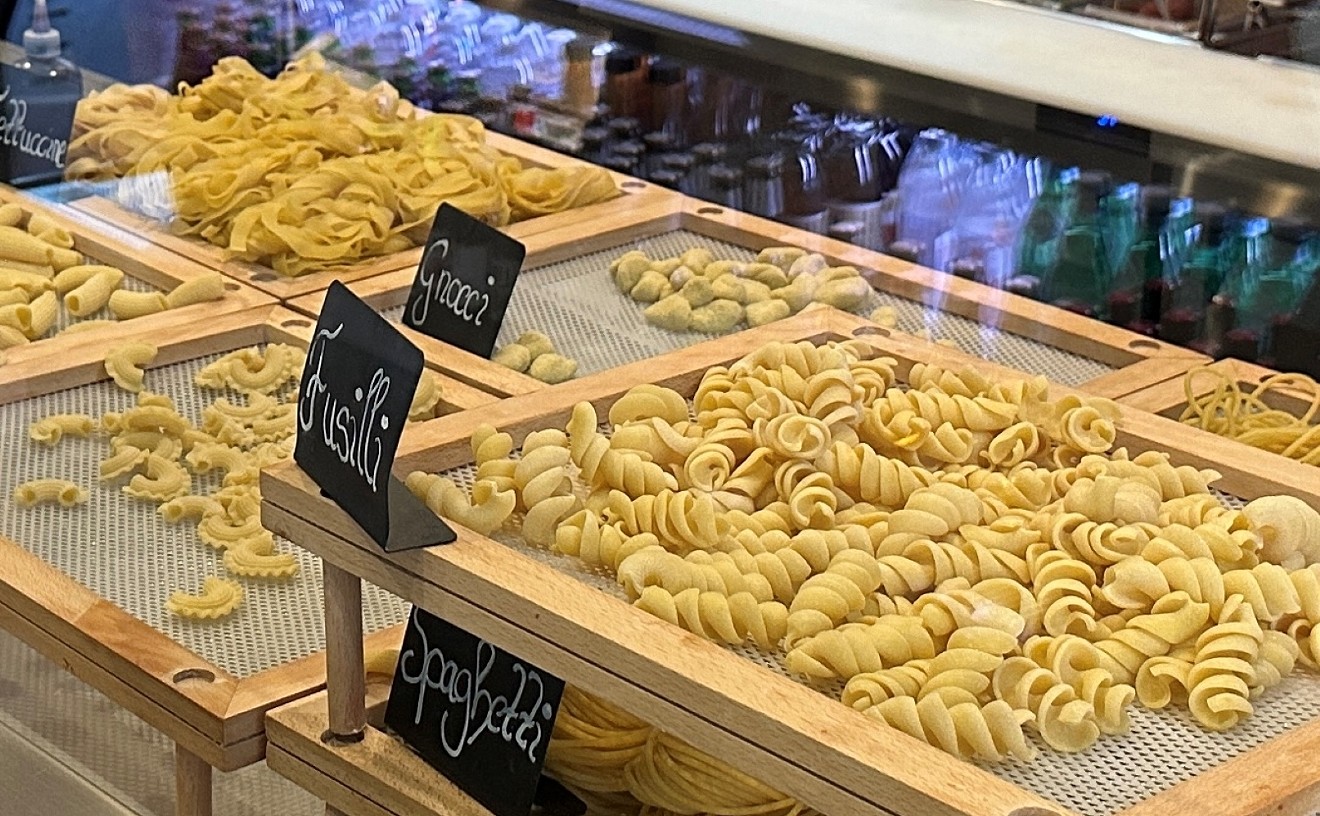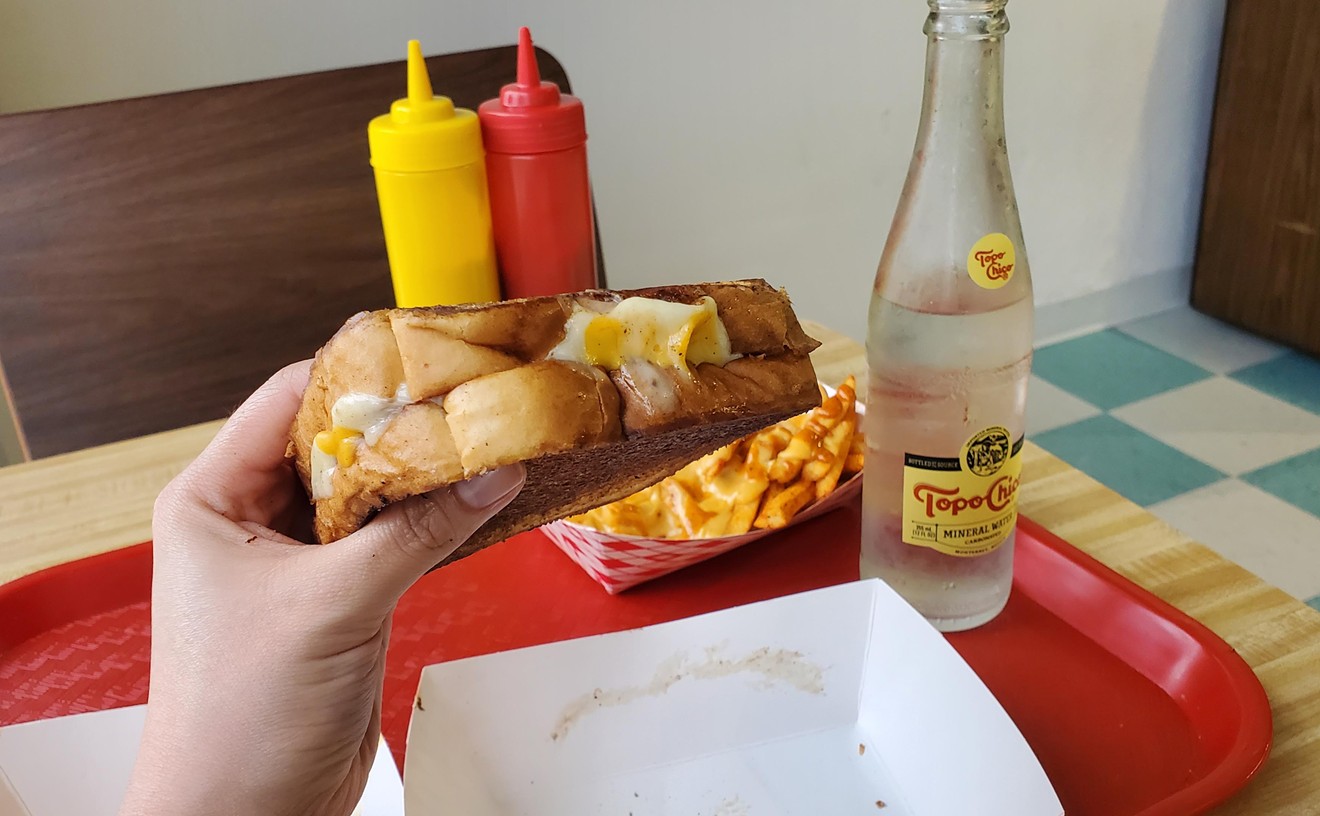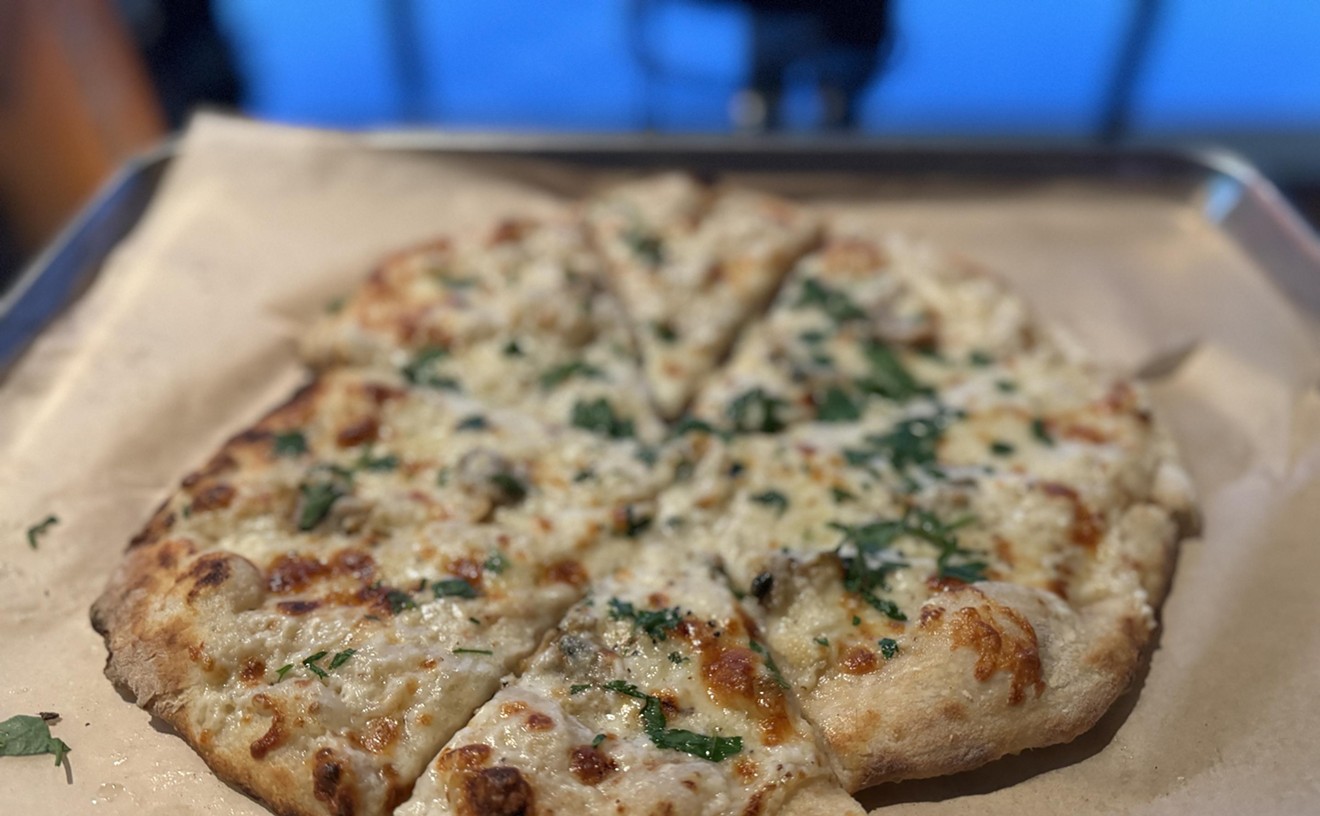Late last year, Forbes named Smashburger America's most promising company. The article describes an American population as burger-obsessed and compares the Denver-based smashers to other chains, including Five Guys Burgers and Fries, Jack in the Box and Hardees. (Shake Shack, the undisputed fast food burger champion of the world, was somehow not mentioned).
So what makes Smashburger so special, according to Forbes?
It begins with a ball of raw Angus beef, which a grill cook "smashes" with a handheld steel mold onto a butter-brushed grill for ten seconds, giving the patty a caramelized sear to lock in the juices.
You might wonder how this chain is taking over the world (Smashburger has plans to open stores in Kuwait, Bahrain and Saudi Arabia) when it's branding is built counter to the tenet that cooks should never press their burgers, as it robs them of their delicious juices. But the cook's mantra about never putting pressure on cooking meat doesn't hold true until juices have begun to render. Smash does it's smashing earlier.
According to David La Flash, a Dallas-based GM, Smash only smashes for the first ten seconds of cooking, in order to increase the contact of the meat with the grill and promote browning. That crust actually seals in the juices, he says.
Here's the problem: It doesn't. According to Harold McGee's On Food and Cooking, widely considered the bible of food prep, the phrase "searing meat to seal in juices" was coined by Justus von Liebig, a German chemist who came up with the idea sometime in the 1850's. But the notion was disproved some 30 years later. Juices escape throughout the entire cooking process -- that's why meat sizzles the entire time it's on the grill. And that's why meat cooked to cooler temperatures will always be more juicy than meat cooked to higher temperatures.
But the practice (and the verbiage) still lives on, in part because searing is still a good idea. It adds flavor. Not, as Forbes argued, through caramelization, which relies on browning sugar, but through something called Maillard reactions -- a chemical reaction by carbohydrates and amino acids that produces rich and meaty flavors.
Smash leverages this reaction on the first side of the burger, using a thin veneer of butter to draw heat from the pan to the patty. But the reaction can only be achieved on one side of the patty. Smashing the second side, once the cooking process is half way done, would wring the burger out like a dish sponge.
The resultant one-sided crust is delicious, but from there the burger goes down hill. Three burgers sampled last week wept more oil than juice, if they wept anything at all. To create a truly juicy burger, Smashburger would have to stop cooking their meat so much. The chain shoots for an internal temperature of 155 for every burger, according to La Flash. That's woefully over done.
A thicker patty would allow the central temperature to stay closer to 140 degrees, the juicy sweet spot for a burger. But this, of course, will never happen, because this temperature is under-done according to the USDA and that means liability. And avoiding liability is a big driver for any national chain.
Instead, Smashburger focuses on buzzy phrases like "high quality Angus beef" and "sizzle" and "sear" and "savor." They tell customers their burgers are juicy, and enough customers believe them to warrant the opening of 450 additional locations. But the burgers they're serving just aren't.










